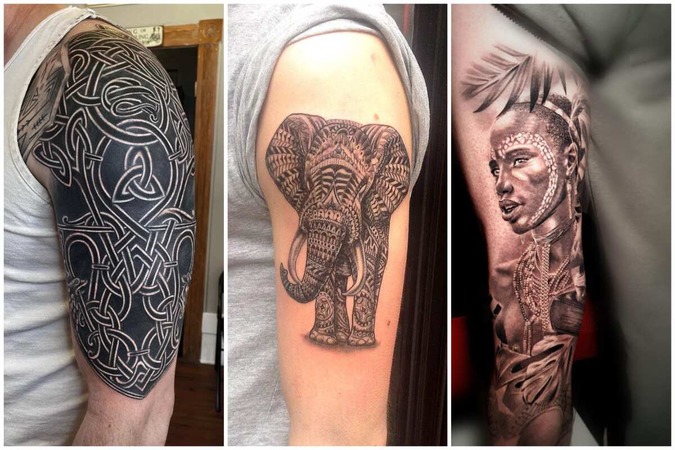In Japan, the Japanese centipede tattoo embodies a unique blend of traditional and modern values, steeped in ancient history and traditions. Renowned for its intriguing symbolism and connection to Japanese folklore, this tattoo signifies power, strength, and protection.

As a protector of the home, it wards off evil spirits and brings good luck. Historically admired by warriors and samurai for its representation of courage, resilience, and determination, the centipede tattoo remains a popular choice that links the past with the present through artful design and deep cultural significance.
The Symbolism of Japanese Centipede Tattoos-The Answer
[su_note note_color=”#D3D3D3″ radius=”6″]The Japanese centipede tattoo symbolizes strength, agility, and resilience, qualities revered by samurai. It features an intricate design reflecting the centipede’s swift movements and ability to overcome challenges gracefully. Depicted as a fierce creature, its segmented body signifies inner strength and adaptability.[/su_note]

The Symbolism of Japanese Centipede Tattoos
The Japanese centipede tattoo captures a deep symbolism rooted in strength and adaptability, traits that are both admired by samurai and warriors. This tattoo features an intricate design that represents the centipede’s swift and agile movements, a metaphor for overcoming challenges with grace and resilience. Additionally, a compass tattoo included in the design symbolizes guidance and the ability to navigate through life’s complexities, enhancing the overall meaning of the artwork.

The centipede is depicted as a formidable, fiercely aggressive creature whose segmented body symbolizes inner strength and the ability to adapt through life’s changes. In Japanese art, this tattoo stands not just as a representation of physical prowess but also as a spiritual shield, embodying the power to protect against adversity and transform through it.
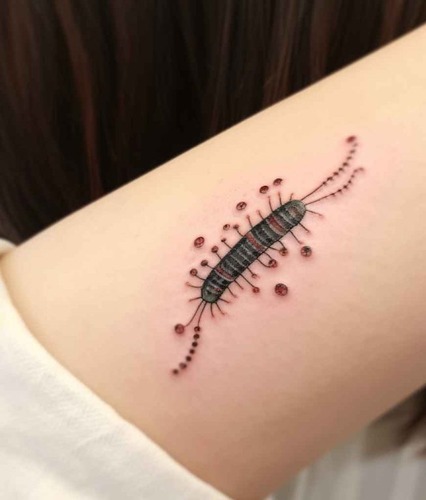
The symbol of the centipede in these tattoos speaks to a narrative of enduring courage and dynamic change, making it a profound choice for those who see life through a lens of continuous growth and transformation.
The Evolution of Japanese Centipede Tattoos
The Japanese centipede back tattoo has undergone a significant transformation, from a mark of punishment during the Edo period to a symbol of strength and fearlessness in modern times. Initially used to stigmatize criminals, the centipede’s design was both frowned upon by Japanese society and associated with notoriety.

However, by the 20th century, the tattoo regained popularity and was reclaimed by the Yakuza, evolving into a badge of loyalty and affiliation within the Japanese mafia. This tattoo, often placed on the chest, back, or arms, became a visible sign of one’s group identity.Now, as a back tattoo, it covers a large area, allowing for an expansive and detailed portrayal that both embraces and transcends its historical roots.

In recent years, its popularity has expanded beyond the Yakuza, becoming embraced by mainstream Japanese culture and young people in Japan. Today, these tattoos are celebrated as a tribute to the country’s rich history and cultural heritage, appealing to tattoo enthusiasts around the world for their unique symbolism and striking appearance.
The Modern Interpretation of Japanese Centipede Tattoos
The Japanese centipede tattoo has undergone a remarkable evolution over time, maintaining its basic elements while being adapted and combined with other styles and motifs. In modern times, these tattoos blend traditional design with vibrant colors.
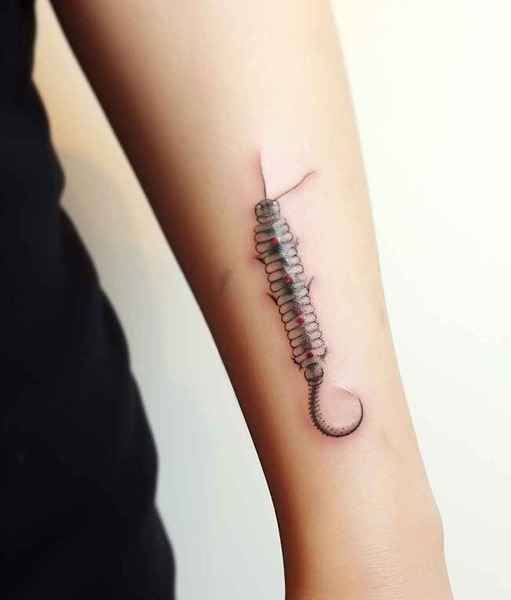
And Japanese symbols like the rising sun and cherry blossoms, enhancing their aesthetic appeal. This adaptation reflects not only a change in artistic expression but also allows wearers to infuse personal interpretation and meaning into their tattoos. Adding a neck tattoo, despite the area being known to hurt more due to its sensitivity and proximity to bones, further emphasizes the commitment and personal significance behind choosing such powerful imagery.

Often, people choose the centipede tattoo to represent their inner strength and resilience, or as a reminder to embrace change and adapt to new situations. With its deep cultural and historical significance, representing courage, transformation, and strength, the centipede tattoo stands as a testament to the enduring impact of Japanese culture.

It continues to intrigue and fascinate people worldwide, making it a powerful symbol to pay homage to Japanese culture.
The Intricate Beauty of Japanese Centipede Tattoos
The Japanese centipede tattoo captivates with its intricate design, detail, and complexity, mirroring the rich cultural heritage and aesthetic significance of Japanese art. Every line, curve, and dot is meticulously placed to create a seamless, visually stunning piece that flows with the natural curve of the body, often found on the torso or stomach.
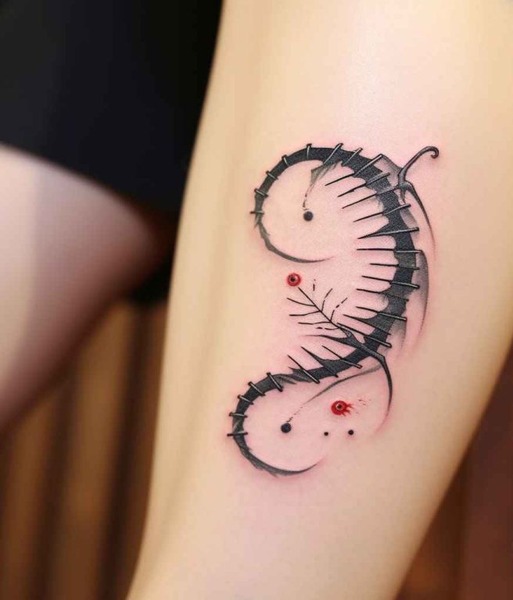
This chest tattoo placement enhances the tattoo’s aesthetic appeal and movement, making each piece a reflection of both perfection and attention to detail emphasized in Japanese culture. Utilizing traditional elements like cherry blossoms, koi fish, or dragons, the tattoo spans across the chest, showcasing these motifs prominently, allowing them to flow naturally with the body’s contours.
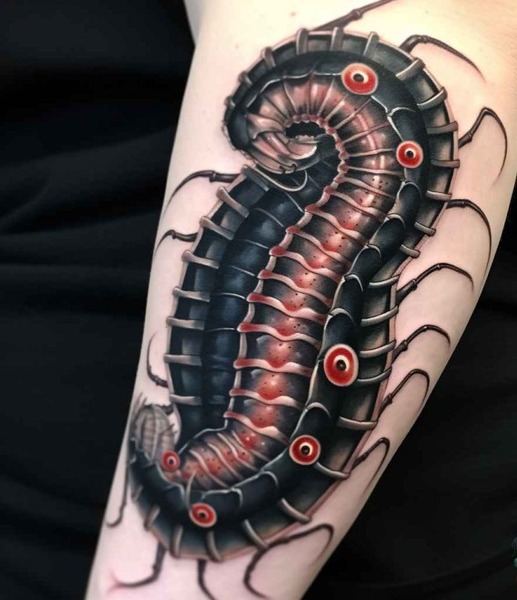
These tattoos not only embody symbolic meaning—representing strength, resilience, and transformation—but also offer protection and celebrate growth. The irezumi technique, with its thin, sharp needles, requires immense skill and precision, ensuring that each tattoo is both a bold and crisp three-dimensional artwork.
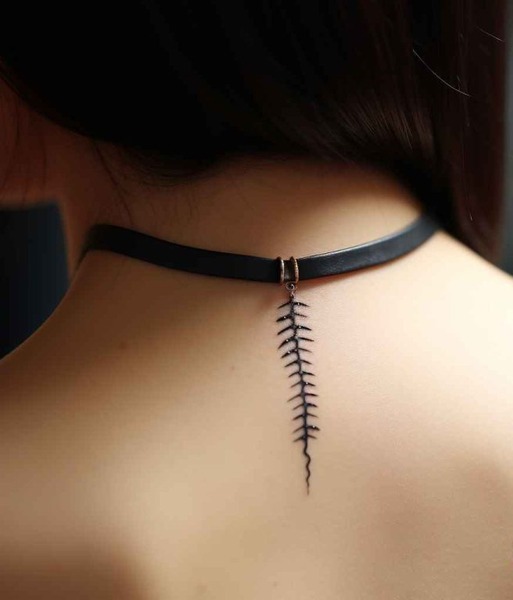
These tattoos are increasingly popular among both men and women, transcending their historical stigma to become a timeless choice for anyone seeking a tattoo that offers both depth and beauty.
The Fascinating World of Japanese Centipede
Japanese centipede tattoos are steeped in the rich history and symbolism of Japanese culture. Known for their intricate details and deep meaning, these tattoos stand out among traditional motifs. Each design not only captivates with its fascinating aesthetics but also holds significant cultural significance, embodying centuries of tradition in every line.
1. The Myth of the Centipede
In Japanese folklore, the centipede is revered as a mysterious creature with supernatural powers, particularly known for its ability to regenerate lost limbs. This feature symbolizes resilience and regeneration, themes often reflected in centipede tattoos where the creature is depicted with multiple legs or in mid-regeneration.
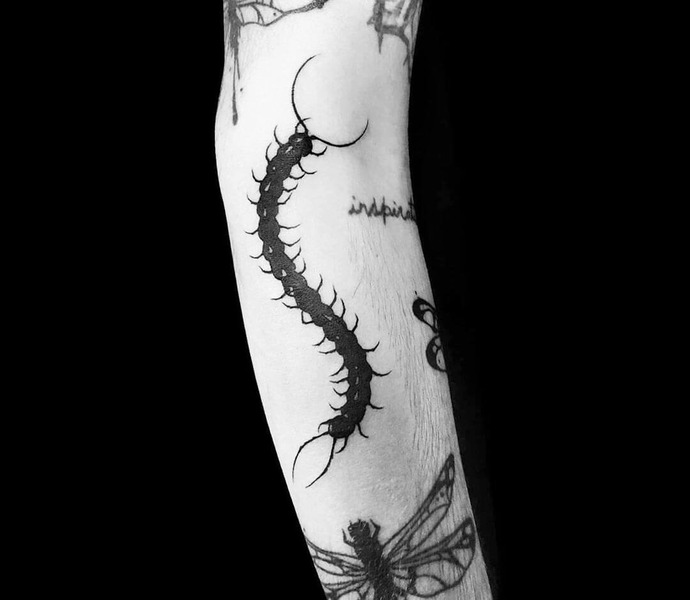
2. The Power of Protection
Centipedes are deeply associated with protection and warding off evil spirits in Japanese culture. It’s common in Japanese homes to find a statue of a centipede strategically placed at the entrance for this very purpose.
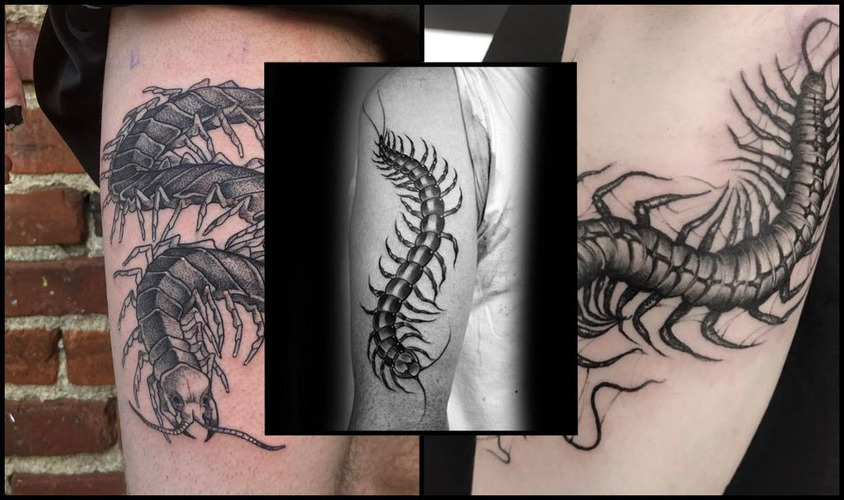
In the world of tattoos, this belief is visually represented by centipedes often shown with their mouth open, symbolizing readiness to attack any threat. This imagery not only captures the essence of safeguarding but also imbues the wearer with a sense of security and valor.
3. The Symbol of Samurai Warriors
In ancient Japan, samurai warriors chose centipede tattoos as symbols of their bravery and strength. These tattoos represent the samurai’s fighting spirit and resilience, reflecting their ability to survive under the harshest conditions and overcome adversity. The centipede’s natural endurance made it an ideal emblem for these revered fighters.
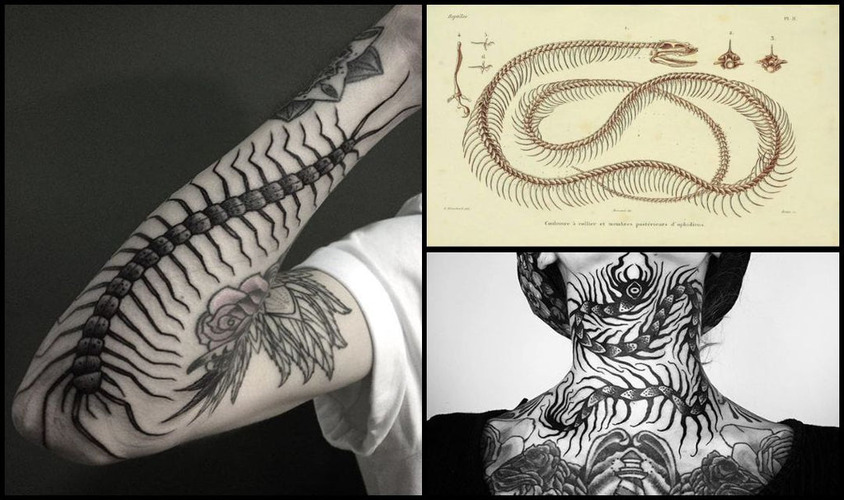
4. The Deadly Poison
While some cultures view the centipede as a protective and powerful creature, in Japan, it is also associated with death and poison. The venom of the Japanese giant centipede is known to cause severe pain and even death in humans.

This darker side of the centipede is reflected in tattoos, with designs featuring skulls and other symbols of death. These elements highlight the creature’s feared aspects and its role as a potent symbol within Japanese folklore.
5. The Creepy Crawler
Beyond its symbolism, the centipede’s appearance makes it a popular choice for tattoo designs. Its long, segmented body and numerous legs create an eye-catching and visually striking effect. The intricate details and patterns on the centipede’s body provide ample opportunity for creative and unique designs.

6. The Tribal Twist
In Japanese tattoo culture, tribal tattoos are important, and the centipede is no exception. Tribal designs often show the centipede in an abstract form with bold lines and shapes. These tattoos highlight the centipede’s physical attributes and its symbolic meaning.

7. The Symbol of Longevity
In Japan, the centipede is associated with longevity and the ability to withstand the test of time. This belief comes from the fact that centipedes can live for several years, making them a symbol of endurance. In tattoos, the centipede is often shown with its body curved into a circle, representing the cyclical nature of life.

8. The Yin and Yang Balance
In traditional Japanese philosophy, the centipede symbolizes a balance between yin and yang energies. Yin represents the feminine, passive, and dark side, while yang represents the masculine, active, and light side.
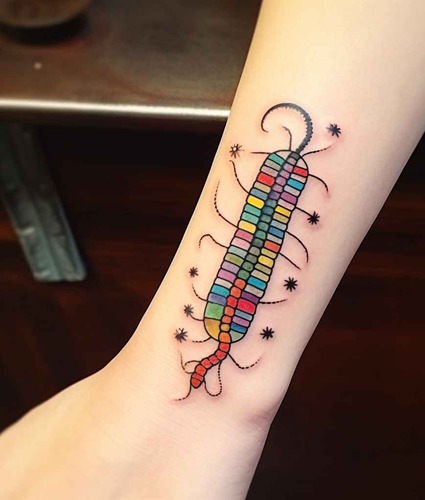
The centipede’s ability to thrive in both light and dark environments symbolizes the harmony between these opposing forces. This balance is a key aspect of many Japanese tattoos, highlighting the centipede’s unique role in embodying this important duality.
9. The Spiritual Connection
In Japan, the centipede is considered a spiritual creature with a connection to the underworld. This belief is rooted in Shintoism, where the centipede is seen as a messenger between the living and the dead. In tattoos, the centipede is often depicted with spiritual elements such as smoke, flames, or skulls.

10. The Personal Journey
The meaning behind a centipede tattoo can be deeply personal and unique to the individual. Many choose this design to represent a personal journey, whether it be physical, mental, or spiritual. The centipede’s ability to overcome challenges and adapt to different environments serves as a reminder of one’s own strength and resilience.

Conclusion
The Japanese centipede tattoo is more than just a creepy and crawly design. It holds deep cultural and personal meaning and is a testament to the rich and diverse world of Japanese tattoo art. Whether you choose a centipede tattoo for its symbolism or its aesthetic appeal, it remains a fascinating and intricate design.
Frequently Asked Question
What does the centipede mean in Japanese?
In Japanese Mythology, centipedes have a complex symbolism. They hold a positive connotation by being associated with the God of Warfare, yet they are also considered impure and polluted animals, often linked to the dead. Centipedes are mentioned in myths as gigantic, threatening creatures capable of wrecking havoc wherever they go.
Why do people get centipede tattoos?
People get centipede tattoos because they are a symbol of the wearer’s adaptability and ability to thrive in different situations. In some cultures, centipedes are seen as spiritual creatures that are connected to the underworld. These tattoos can also represent the wearer’s connection to the spirit world, adding a layer of spirituality to the design.

